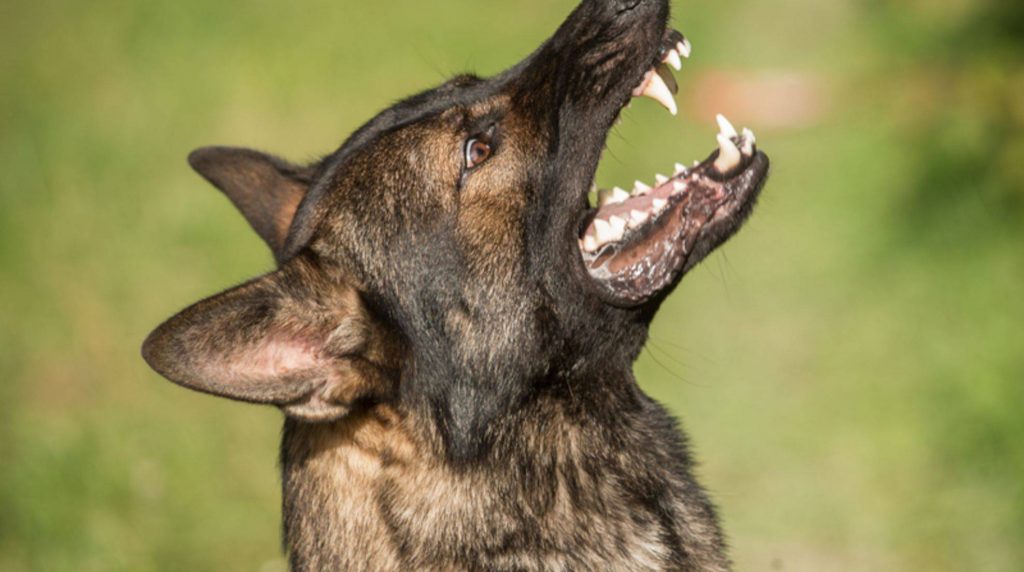Every dog shows a specific natural territorial behavior with which it wants to protect its “territory” – even if it’s just your two-room apartment. However, if this behavior gets out of control and the four-legged friend may become aggressive, you must intervene.

A dog defends its territory instinctively – this is partly expressed in exaggerated territorial behavior, which is not always pleasant for masters or mistresses. For example, the four-legged friend barks as soon as a visitor comes through the stairwell or the garden gate or by jumping up at people. In the worst case, the dog tries to harass intruders into its territory with threatening behavior or even starts to bite them. In such cases, one speaks of territorial aggression.
The dog defends its territory.
The territory is the ancestral territory of a dog. The four-legged friend marks this with scent marks by urinating or scratching the ground – just as you experience it every day as a dog owner when going for a walk. Cold noses guard places and objects that are particularly important to them particularly intensively, such as their food bowl or basket. Dogs develop such normal territorial behavior when they grow up, usually from two or three. In some cases, however, the natural need to protect ancestral territory can escalate into territorial aggression.
How do territorial behavior and territorial aggression come about?
The reasons for exaggerated territorial behavior and territorial aggression can be manifold. The behavior is partly based on the character of the dog – dominant dogs, in particular, tend to be highly territorial. Some dog breeds have a genetically stronger instinct to defend their territory than others—for example, the German shepherd, the Dobermann, or some Great Dane species.
In other dogs, the cause of the aggressive behavior can also lie in childhood. For example, a lack of socialization as a puppy or inconsistent upbringing by the master or mistress plays a role.
What to do if the dog becomes aggressive
A dog that becomes aggressive as soon as a stranger enters its territory is usually a case for the dog trainer. In less severe cases, with obedience training under expert supervision, you can teach your four-legged friend that you, not him, sets the boundaries of the territory and the level of danger for intruders. In some cases, however, it is enough to offer the dog more variety and activity in everyday life – a busy dog is also more relaxed when it comes to the boundaries of its territory.
Ideally, you ensure that such territorial behavior does not occur in the first place by training your puppy accordingly from an early age. It already helps if the young dog has a lot of contact with visitors and learns that intruders do not dispute his territory. Also, a dog that respects its master as the pack leader will show little aggressive territorial behavior because it recognizes that it is its human friend who controls and defends the boundaries of territory for it.








